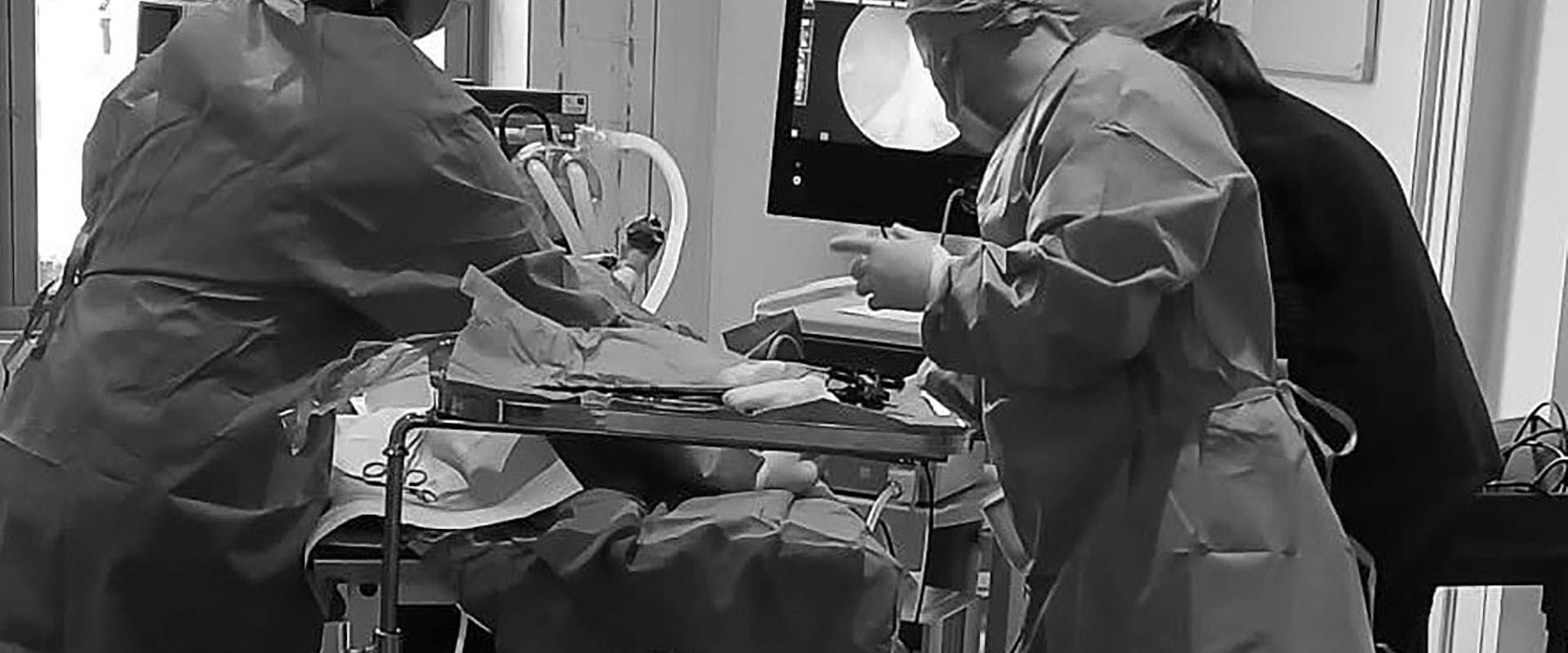Pets are great. They are good fun, and they often complete a family. But could they have a hidden benefit – do they in fact hold the elixir of life, the holy grail – do they help you to live a longer, happier life? For years anecdotal stories and common sense seem to suggest that pet owners are happier, more satisfied and healthier individuals. Now science seems to be catching up to what many pet owners have known all along.
First of all – does living with pets confer a benefit to the human immune system. Dogs have been domesticated for around 30,000 years.
That’s a long time for them to have cohabited with humans. So it is likely they have had some effect on the human immune system
Cat’s have been domesticated for about 10,000 years, or, more accurately, cats domesticated us 10,000 years ago! So both species may be
affecting us in ways that we are only beginning to learn about. There is a theory that modern western houses are “too clean”. This leaves our immune system with less to do, and so, without germs to fight, it instead malfunctions and gives us allergies like hay fever.
While science is looking into this, some folk think that if you live with a pet, it stimulates your immune system and makes it strong. This means there is less chance of developing allergies or disease. It is a complex area, but there is a part of the immune system
involving IgE antibodies which interacts with parasites and animals, and this is a promising area of research. It can be summed up in the old adage “a bit of dirt is good for you!”.
Mental Health is of course a massive issue in our society, and societies around the world. Pet ownership has benefits in this area too.
The simple companionship of a cat or dog can assuage loneliness, a scourge of modern living. This by itself can reduce depression and
help improve quality of life. Owning a dog in particular can help folks to meet people and feel a part of society again. Dogs are
often profoundly optimistic and can lift you out of a bad mood in a jiffy. Cat’s often seem to possess a sixth sense and will comfort you when you are feeling down. A relatively new use for dogs is as “therapy dogs” – where they brighten up the days of folks in care homes and hospices. I personally have the privilege to know some fantastic dogs performing this role in Lecale today.
Dogs, (admittedly less so, cats) can encourage you to exercise. We all know that exercise is good for the most important muscle in your body: the heart. Dogs generally need walked twice a day. Having a dog will tempt you out on the wettest of days, when you would otherwise crash on the couch. Even 10mins of exercise twice daily can reduce the risk of heart disease. How can you resist with a pair of canine eyes staring at you, lead in mouth? You don’t need a personal trainer to get out there, you don’t need a new pair of sports shoes: you need a dog.
So in summary, pets may be good for the immune system, good for mental health and good for exercise. They really are “man’s best friend.”




